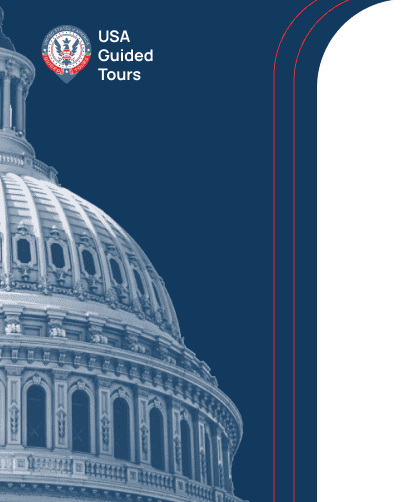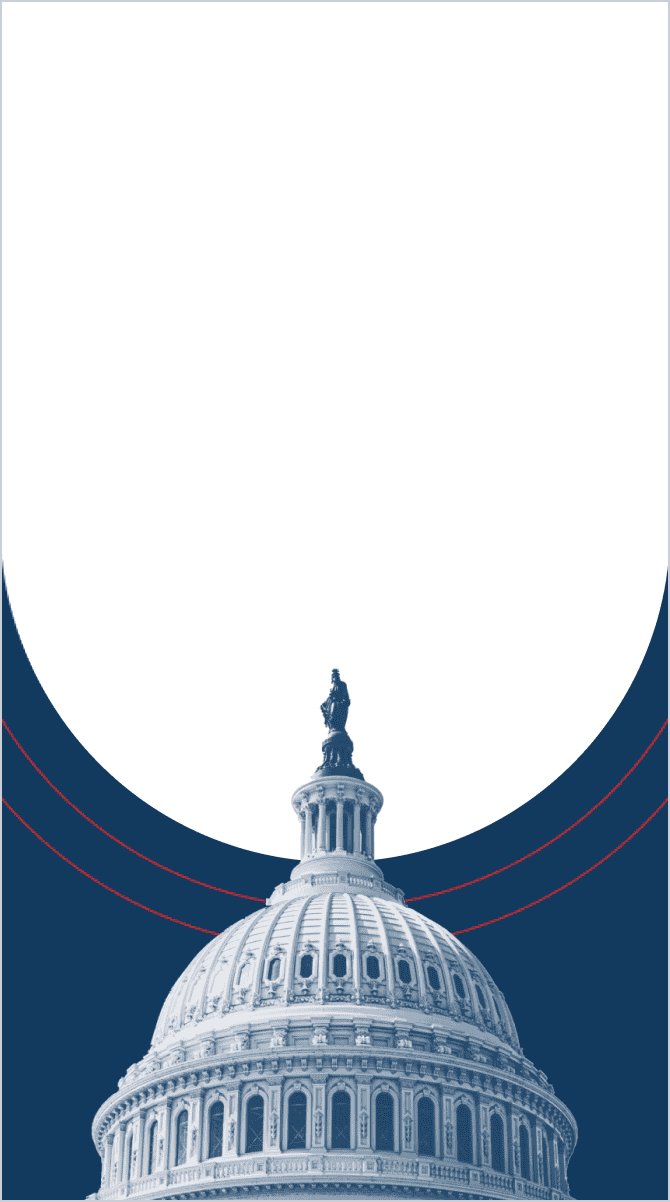Streets across the country are filled with people propelled into action by the racial biases affecting their communities. Civil rights leaders are pleading for the end of police brutality and systematic racism. Images are snapped of protesters running away from the brunt blow of a police baton. The country has brewed to its boiling point over whether all of its citizens are truly guaranteed life, liberty, and the pursuit of happiness. The year is 1963 when those unanswered calls for justice culminated in the March on Washington.
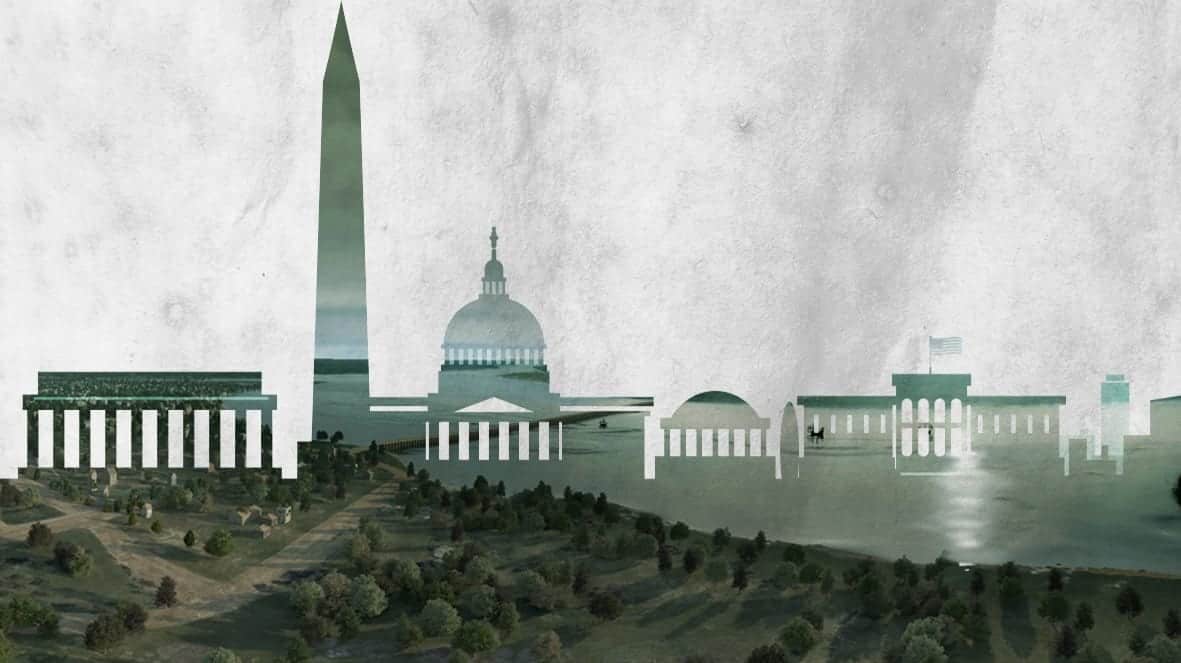
Passionate efforts in local communities advocating for equal opportunities for Black Americans led to the historic March on Washington on August 28, 1963.
One of the most powerful proponents of change at the time was to publicly put faces to the calls for racial equality. Bus boycotts, marches, and sit-ins were happening on a daily basis in cities throughout the country. But there was still a need for an assembly of people in numbers so large that their voices couldn’t be dismissed, suppressed, or ignored by the current administration.
Passionate efforts in local communities advocating for equal opportunities for Black Americans led to the historic March on Washington on August 28, 1963. This event was one of the most pivotal milestones of the civil rights movement and a lasting moment in the nation’s history. While the coming together of civil rights leaders and a sea of nearly 250,000 supporters was in the works for decades, it provided a burst of energy at just the right time.
The lawn of the National Monument in Washington, DC has been the focal point of many movements for social change including 1995 Million Man March. Where an estimated million Black men gathered to stake their claim to justice, admit their failings to their families, and change the image of Black men being fed to the public by music, movies, and media. This public display of atonement led to countless men being a part of the change they wanted to see in their communities.
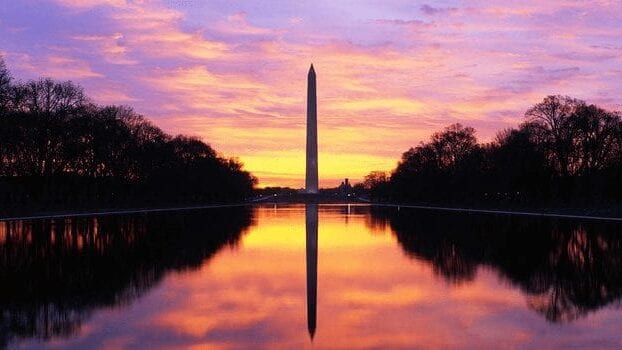
To this day, the fight continues with new changemakers rising to join forces with esteemed leaders to ensure that justice and equality can be felt by all Black Americans. That realization is still a work in progress. After a summer of peaceful protest following the video of George Floyd’s death going viral in May of 2020, the call once again has been put out to meet at the National Mall to march on Washington.
The idea for a mass demonstration began brewing in the mind of civil rights activist A. Philip Randolph in 1941. Despite slavery being officially abolished in the United States almost a century prior, Black citizens were only left with low paying jobs as farmers, servants, or domestic workers. When the onset of World War II reached the US, it brought with it lucrative defense and military jobs. However, discriminatory employment practices kept Black Americans from getting access to those higher-paying jobs.
Randolph, who was also an American labor unionist, was determined to mobilize thousands to protest against Black job seekers being wrongfully excluded from defense and government jobs. Just before the march was set to take place, a meeting was scheduled with Randolph and President Franklin D. Roosevelt where an agreement was reached to sign an executive order prohibiting discrimination against applicants of color across all industries. The Fair Employment Practice Committee (FEPC) was also established to investigate any claims of racial discrimination. In light of this headway towards equal opportunities, the march was put on pause.
The FEPC was defunded by Congress less than 5 years after its creation. Over the next two decades, Black Americans across the country continued to face the effects of employment, education, and housing discrimination, segregation laws, voter suppression, as well as violence and intimidation from police and white supremacists. During the 1950s, the civil rights movement continued to make headway on a national scale. The rise of young leaders such as Medgar Evans, John Lewis, Dr. Martin Luther King, Jr., and more was inspiring the country by calling out the need for the equal and fair treatment of Black citizens.
Despite the Civil Rights Act of 1957 being signed into law by President Dwight D. Eisenhower, segregation, discrimination, and violence against Black citizens were still prevalent across the country. After the 6-month Woolworth’s sit-in, violent attacks on the Freedom Riders, as well as bombing attacks of civil rights activists that led to the Birmingham Riot, the outcry for a monumental march demanding a safe and just country for its Black communities grew.
Leaders of six prominent civil rights groups joined together with Randolph — who at the time was the head of the first African American labor union, Brotherhood of Sleeping Car Porters — to organize the march. After several months of planning, the date and location were set. People from all over the country boarded buses, trains, and planes to head to Washington, DC. The march began at the Washington Monument as protesters made their way towards the steps of the Lincoln Memorial — or as close as they could get — excitedly awaiting the start of the program.
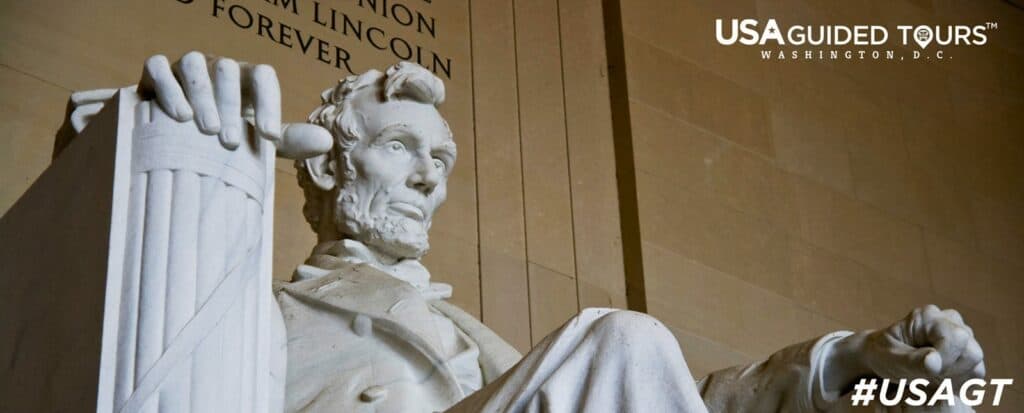
Broadcast live on television, Marian Anderson opened the afternoon by singing the national anthem followed by Randolph’s opening remarks. Along with the prolific voices of the march’s organizers including Whitney Young, Executive Director of the National Urban League, John Lewis, President of the Student Nonviolent Coordinating Committee (SNCC), Roy Wilkins, Executive Secretary of the National Association for the Advancement of Colored People (NAACP), and more, there was a dedication to the female leaders of the movement by Mrs. Medgar Evers. Each speaker inspired the crowd and made known their list of demands for change. But it was towards the end of the program where Dr. Martin Luther King, Jr., who was a fellow organizer and Chairman of the Southern Christian Leadership Conference (SCLC), delivered his timeless and powerful “I Have a Dream” speech.
After the three-hour-long demonstration, several leaders headed down Pennsylvania Avenue for a scheduled meeting with President John F. Kennedy. Though it took multiple decades, as well as presidents, the unified presence at the march of equal civil rights supporters helped lead to the Civil Rights Act of 1964 and the Voting Rights Act of 1965.

For the following years, Black citizens of the United States faced many challenges, not limited to biased criminal justice policies, high unemployment rates after the deindustrialization of blue-collar jobs, the deterioration of public services, and disproportionate incarceration rates. The median income of household incomes was going down while homelessness and employment were going up and the media attempted to make Black men to blame.
At the start of the 70s, the civil rights movement had resulted in tangible advancements of Black communities. Many were gainfully employed in the industrial industry and there was even a rise in Black-owned businesses and homeowners. These milestones were unfortunately short-lived as American companies began to relocate their operations out of the country, leaving millions unemployed. Followed by Ronald Reagan swiftly cutting employment and community programs along with funds for federal assistance once he got into office.
Predominantly Black communities were the hardest hit, including those in Chicago, New York, Los Angeles, and Detroit. There was no reprieve in sight once stricter drug possession laws were enacted in the 1980s after the rise of crack cocaine, also disproportionately affecting Black neighborhoods. Images of Black men being carted off by the police for drug or violent offenses were frequently displayed on the nightly news.
With several systematic cards stacked against them, Black families struggled to survive, let alone get ahead. In 1995, Louis Farrakhan, leader of the Nation of Islam, organized the Million Man March to change the image of Black men on a public scale on October 16. The event was also organized by Dr. Conrad Worrill, president emeritus of the National United Black Front, and directed by Benjamin F. Chavis, Jr., the former executive director of the NAACP. Several activists, leaders, and artists spoke including Reverend Jesse Jackson, Martin Luther King III, Rosa Parks, and Maya Angelou.
While women were in attendance, the mission of the march was to reach Black men across the country. It was on the National Mall that the men in attendance sought forgiveness from their families, pledged to provide guidance for their fellow men, and reduce the negative impact of drugs and violence in their neighborhoods. The face of unity and promise to do better was much needed, not only for the public image but also for their communities.
Leading up to the 57th anniversary of the original March on Washington, streets across the country are filled with similar cries, signs, and speeches advocating for racial justice and equality. The unrelenting protests have even inspired cities across the world to support the Black Lives Matter movement and address the prevalence of discrimination and inequality in their own countries. Now, this generation’s leaders are trying to enact change at another pinnacle point in the country’s history.
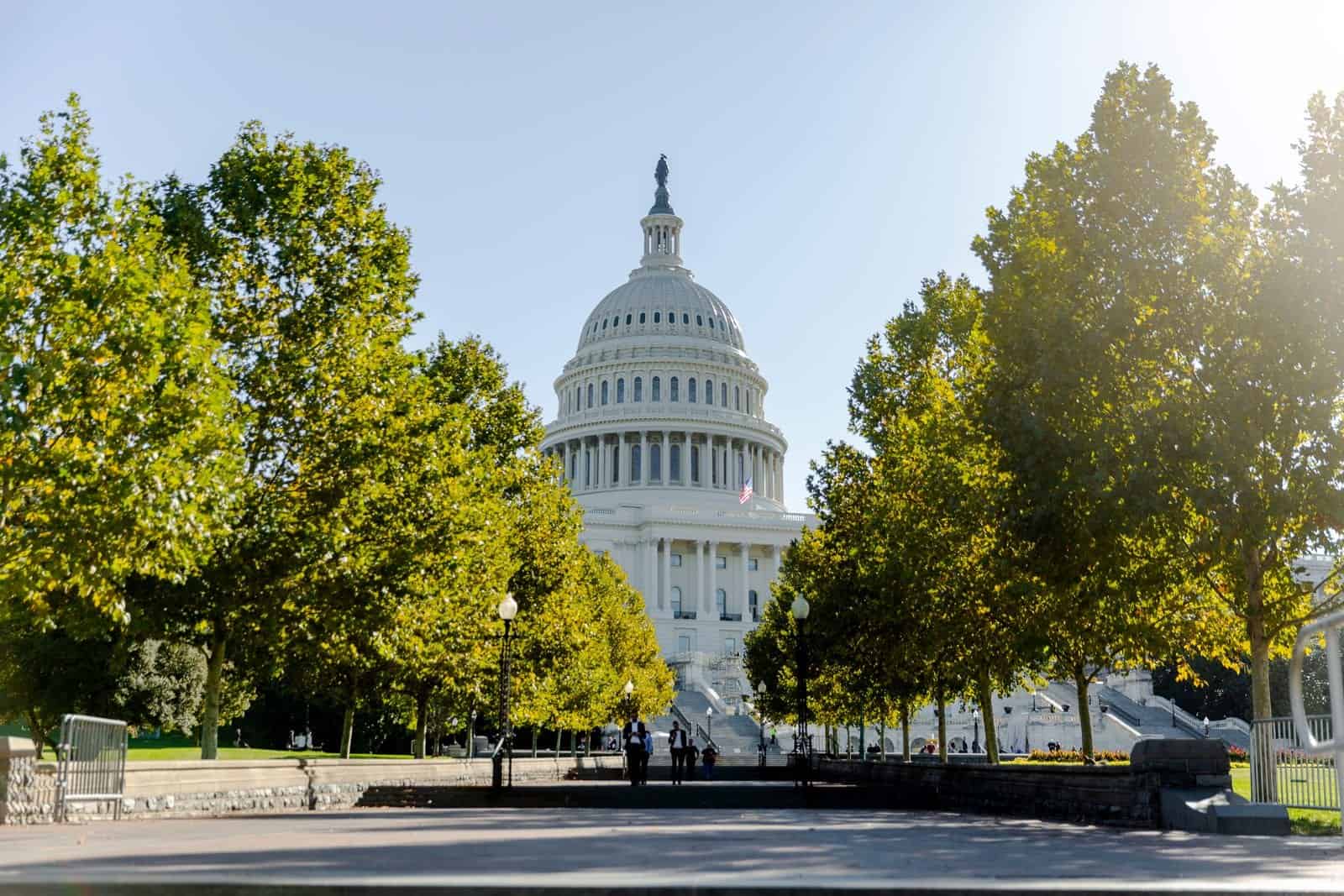
Reverend Al Sharpton announced that his organization, the National Action Network, would be the ones to host a march taking place in Washington DC on August 28th, 2020.
In June, word of a March on Washington on the same date as the original began circulating online, but no specific details or official organizers were announced along with it. Many people across the country took to social media to share that they were planning to attend, despite not knowing who was behind the event. A few weeks later, Reverend Al Sharpton announced that his organization, the National Action Network (NAN), would be the ones to host a march taking place in Washington DC on August 28th.
Officially titled Commitment March: Get Your Knee Off Our Necks!, the NAN — along with dozens of partners including the NAACP, National Urban League, and the National Bar Association — are hoping to cultivate another historic and impactful moment like the one in 1963. Though the details of the lineup have yet to be released, the organizers are encouraging attendees to RSVP to receive updates as they’re announced.
For those making their way to the march from different cities across the country, including those in New York, Ohio, Texas, and more, buses have been procured to bring attendees to Washington DC. In some cities, buses are offered at no cost. From further locations, pricing may include options for accommodation. For those making their own way to the march, NAN has also partnered with Eaton Workshop to offer discounted stays at hotels in the surrounding areas.
This momentous march is sure to be the culmination of a summer filled with calls for systematic change and equality that have been taking place across the country. The NAN has recently announced strict adherence to mask-wearing and social distancing to ensure the health and safety of attendees. However, some supporters may be weary of taking to the streets given that the country is in the midst of the COVID-19 pandemic.
For those who are interested in being part of the movement remotely, the NAACP will be streaming a Virtual March on Washington from August 27 to 28, 2020. Moving performances and compelling speeches are to be expected during the digital event. Once you register, you will receive updates on what the two-day programming will entail, who will be speaking, which performers you can expect, and more.
Whether you choose to hit the pavement for the peaceful protest in Washington DC or you decide to tune in remotely, your stand with those calling for an end to police brutality, systematic oppression, and racial discrimination can count towards a better future for Black communities across the country.
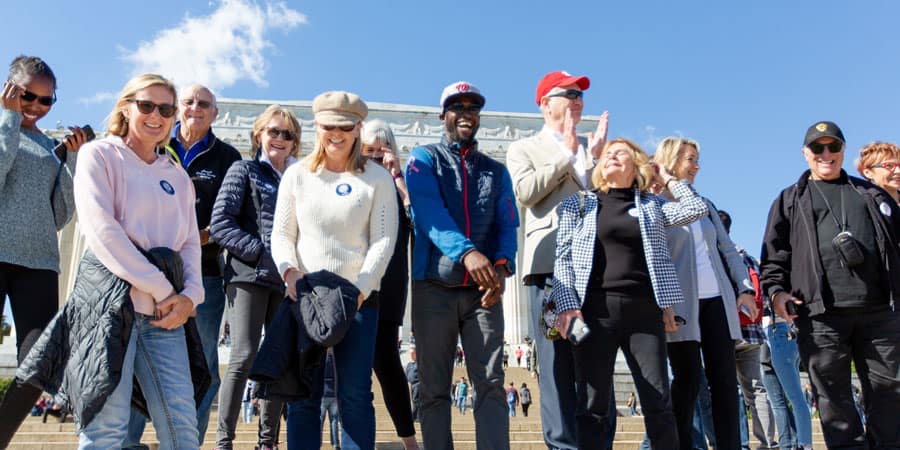
Join Us For a Fully Guided African American History and Culture Tour!
If you will be in the Washington DC area, what better way to get inspired for the march than to take in the sights honoring the major milestones of Black history? Register now for our extensive, guided African American History Tour that stops at the Carter G. Woodson Memorial Park, Martin Luther King Jr. Memorial, African American Civil War Memorial, and more! Take advantage of our special discount in honor of the March on Washington 2020. Use the promo code MOW20 to receive 20% off of this or any public tour that you book with USA Guided Tours. The promo is valid from now until Labor Day, September 7, and for travel dates until December 31, 2020!
Serita Braxton, USA Guided Tours Blog Contributor
